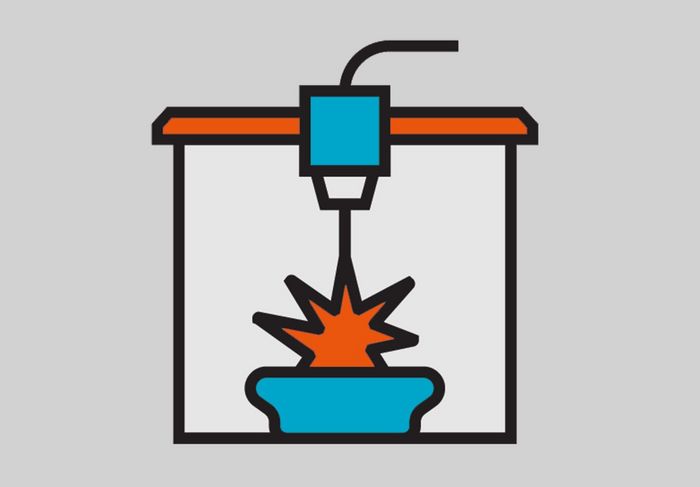It is well known that it is worthwhile to produce prototypes using 3D printing. However, scepticism can still be felt in some cases when it comes to the manufacturing of components in batches. However, mechanical engineers who are familiar with 3D printing know that additive manufacturing is ready for batch production for industrial applications! Even series of 10,000 pieces are possible. Would you let us convince you?
One of the important factors for an economic 3D printing batch production is the design of the components. Exploit the potential of additive manufacturing technologies and redesign the components in an optimised form! If the design of the application is simpler, it solves problems or several components can be combined into one, 3D printing is immediately worthwhile. You will find more information about this topic here: topology optimisation and lattice structures
Once the design of the components has been optimised for their application, the suitable material must be selected. The following plastics are perfect for producing components in batches up to 10,000 pieces.
Use these materials for 3D printing batch production up to 10'000 pieces
Plastics xPEEK or xABS (DLP)
The materials of the new 3D printing technology Digital Light Processing DLP (known as LSPc too) are perfect for printing parts in series. For example the plastic xPEEK as a replacement for PEEK, or xABS for ABS. The technology is characterised by high surface quality and detail accuracy. Furthermore, it is perfectly suited for use in robotics and mechanical engineering.
Plastic PA11 (SAF)
Components produced with the additive manufacturing technology Selective Absorption Fusion (SAF) are characterised by high durability and availability. This reduces abrasive wear and therefore the components are more economical. Furthermore the plastic PA11 is up to 30% cheaper when using for series components compared to PA 12.
Plastic PA12 (MJF)
PA12 processed with the additive 3D printing technology Multi Jet Fusion MJF is perfect for additive manufacturing of large series too. Moreover, it provides important mechanical properties such as high strength and excellent abrasion behaviour.
Vacuum casting for small batch production
Vacuum casting is a technology that is used as a replacement to avoid expensive injection moulds. In additive manufacturing it can be used for printing small to medium series. The components will have an excellent surface quality that is similar to injection moulding.
3D printing is suitable for single parts as well as batch production
Additive manufacturing enables to get components that are more economical even in series even in series production, provided the fact the potential is exploited. The best part of it: You can get just one piece additively manufactured at any time and test whether the part proves itself in use. Furthermore by doing so, you avoid risks and are afterwards ready to order your first batch production from 3d printing.
PS: Important to know, for larger order quantities such as batch production, it might be possible to negotiate an additional price agreement. Simply add an "individual request" on the platform for a special price or contact your Solution Partner.
Your Jellypipe Team







